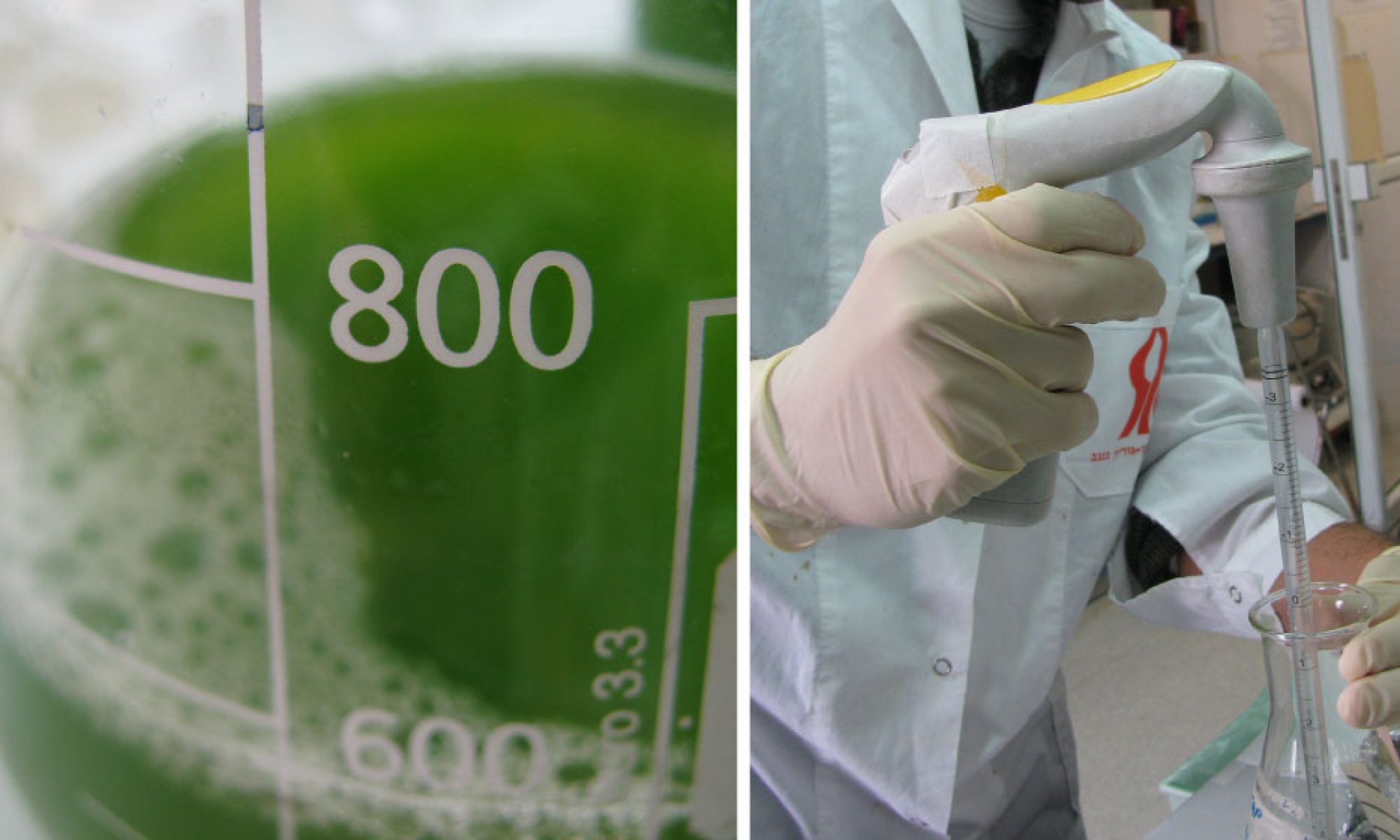I. GENERAL AND GENE-SPECIFIC TRANSLATION REGULATION IN LEISHMANIA
Leishmania
Leishmanias are unicellular, flagellated diploid protists from the order “Kinetoplastida” that lead digenetic life cycles. These orgranisms migrate between sand fly vectors and mammalian hosts, causing multiple disease forms in humans and other mammals, wild or domestic. Different species are responsible for the various disease forms with symptoms ranging from disfiguring cutaneous and mucocutaneous lesions, to the lethal visceral disease. Leishmania parasites exist in the alimentary tract of the sandfly vector as extracellular flagellated promastigotes, which differentiate into virulent metacyclics, and as obligatory intracellular amastigotes within the phagolysosomes of mammalian macrophages and dendritic cells. There is yet no vaccine that is effective and safe, whereas drug treatment is toxic and requires close medical monitoring of various physiological parameters. The completion of several genome-sequencing initiatives brings new hopes for identifying novel drug targets, especially in view of the emerging drug resistant strains.
Cap-4 and the translational machinery in Leishmania
Leishmania and trypanosomes are early eukaryotes, which possess several unusual molecular features. For example, transcription of protein coding genes is polycistronic, and mature monocistronic mRNAs are obtained by trans-splicing and polyadenylation. The spliced leader RNA (SL RNA) donates the cap structure to all mRNAs. The trypanosomatid cap is highly methylated encompassing unusual modifications along the first four nucleotides of the SL RNA. Thus it is denoted cap-4.
Cap-dependent translation is mediated by a cap-binding complex, eIF4F. This complex is basically composed of a cap-binding subunit (eIF4E), a scaffold protein (eIF4G), and an RNA helicase (eIF4A). The scaffold protein eIF4G serves as a hub that recruits eIF3 and the small ribosomal subunit, and it also interacts with the Poly A Binding protein (PABP) that is bound to the 3’ end of the transcript during translation initiation.
We characterized the components of the cap4-binding complex of Leishmania, in attempt to understand the changes that occurred throughout evolution, in accordance with the appearance of the cap-4 structure. We are trying to resolve the functions of the different isoforms of the translation initiation factors, with the hope that any deviations from consensus structures and mechanisms may serve as potential novel drug targets for future drug development.
Stage differentiation: How do temperature and pH promote developmental gene expression in Leishmania ?
Translation regulation plays a key role in control of protein coding genes in trypanosomatids, and is directed exclusively by elements in the 3′ UTR. Heat shock proteins (HSPs) provide a useful system for studying developmental patterns in the digenetic Leishmania parasites, as their expression is induced in the mammalian life form. Expression of protein-coding genes is regulated by post-transcriptional mechanisms, and a short region in the 3’ UTR was shown to control preferential translation of Hsp83. Using a series of transgenic parasites we mapped a polpyrimidine-rich region that is required for increased translation of Hsp83 at mammalian-like temperatures. We are currently analyzing the RNA-protein interactions that may be involved, and how they associate with the translation initiation complex that scans the 5’ UTR.
